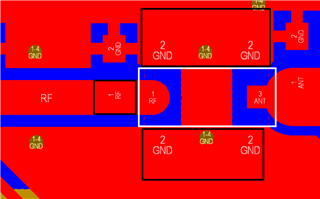Hello!
We are planning on using the nRF52832 DK together with an external antenna. We are highly interested in the readings being as accurate as possible, and we are wondering about;
1, Is there a standard or a suitable cable that can be used together with this connector -> coax?
2, Referencing to this post: (https://devzone.nordicsemi.com/f/nordic-q-a/52623/switch-antenna-connector), where the first reply mentioned that the connector is not suitable for an end product, and its more of a test connector. How do we make this connector reliable, or do we have to solder on a extra connector for coax?
Thank you in advance!
-Anders K

